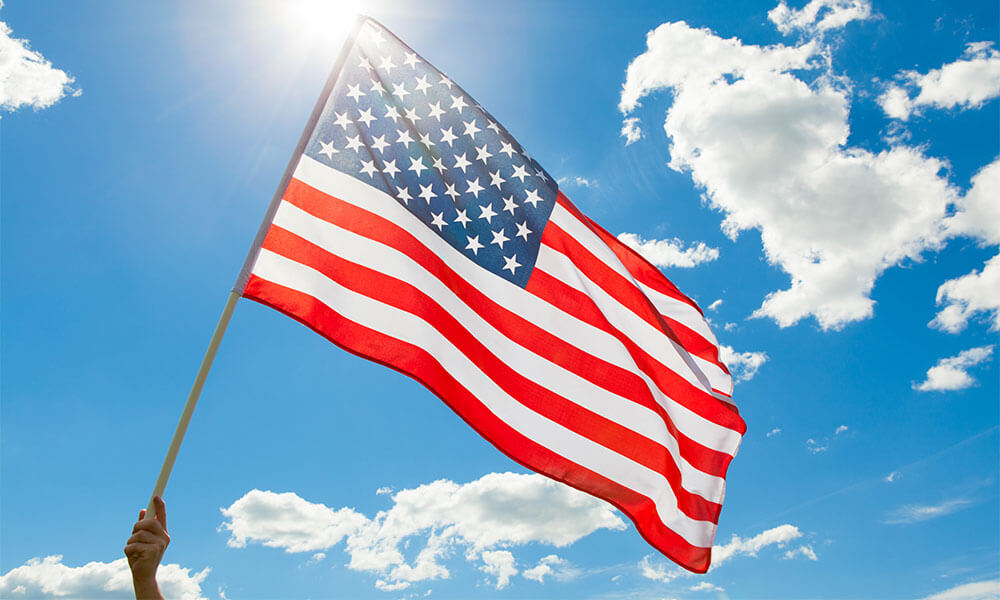
5 Filipino American heroes that we admire today
Larry Itliong is one of the main heroes when it comes to Filipino American and civil rights history. Without his efforts, there would be no Delano Grape Strike, and no retirement home for the manongs (older Filipino American men), growing too old for manual labour in America. There would also be no United Farm Workers Union, founded with other Filipino heroes, Cesar Chavez, Dolores Huerta and more.
But there are also many other Pinoys who have made waves in the United States, from Olympic medalists to war soldiers, here’s a list of some of our favourite Filipino heroes in America:
Carlos Bulosan

Carlos Bulosan was born to a poor family in a rural town in Pangasinan, Philippines. Money was always hard to come by for the Bulosan’s; thus, when he turned 17, Bulosan moved to America hoping to make enough money to help his family and fund his education.
When he landed in Seattle, he was not fluent in English and only had three years of formal education. Just like Larry Itliong and the manongs, Bulosan worked several odd jobs in hotels, farms, and Alaskan canneries just to make ends meet. Working these jobs, he endured poverty, racism, and horrible living conditions. He even contracted tuberculosis, which cost him most of his right ribs and the use of one lung.
Recovering in the hospital after three surgeries, Bulosan read voraciously and became a self-taught writer. Excerpts of his work, The Laughter of My Father even appeared in The New Yorker and Harper’s Bazaar. He also wrote an essay called “The Freedom from Want,” which appeared in the Saturday Evening Post alongside a photo of Norman Rockwell’s painting of the same name.
However, Bulosan would be most known for his novel America is in the Heart, a semi-autobiographical story depicting the immigrant worker’s experience in the 1930s to 1950s America.
Sadly, Bulosan lived a short and difficult life. Just as his star was growing, he was blacklisted by the U.S. Federal Bureau of Investigation (FBI) in 1950, for possible links to the Communist Party. This was a time when McCarthyism was rampant in America, and Bulosan along with other public figures like John Lennon, Edgar Hoover, and Martin Luther King, Jr. were also under FBI surveillance.
Blacklisted, Bulosan could no longer find a stable job. He fell into alcoholism and poverty before his death from severe bronchopneumonia in 1956. The FBI never found evidence to link him to communism.
Today, Bulosan is honoured as a voice of the immigrant experience in America. The University of California, Davis even named a research centre after him in 2018.
Victoria Manalo Draves
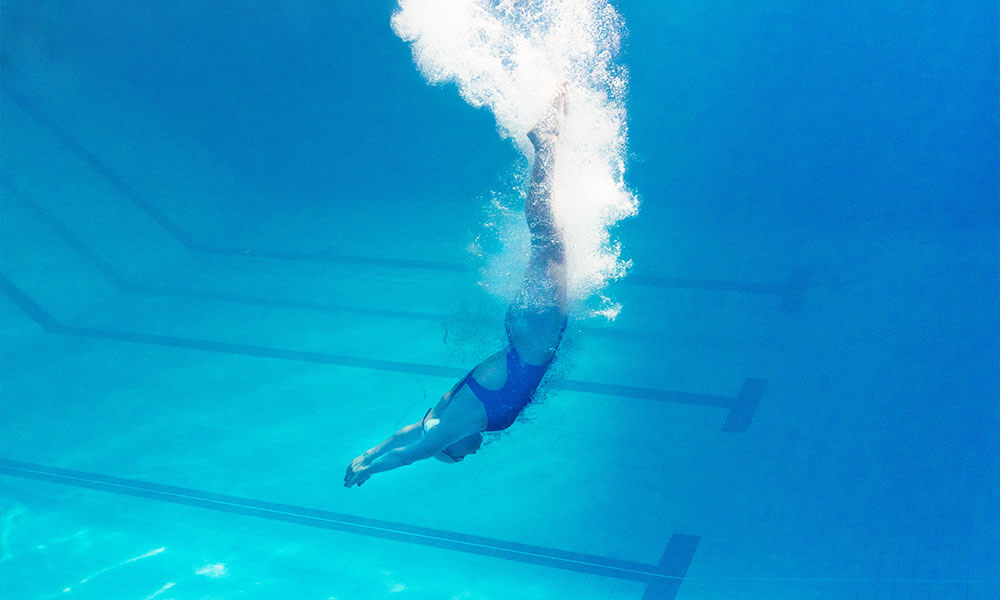
Apart from male Filipino heroes, women also played a part in American history. Vicki Manalo Draves was one of these women, being the first woman to win two Olympic diving gold medals in one year.
Born Victoria Manalo to a Filipino father and a British mother, Draves did not learn to swim until she was 10 years old. She also had to deal with discrimination in her earlier days.
Aware of her Filipino name, Draves’ old coach made a separate swimming club just for her. He even required her to use her mother’s maiden name, Taylor, before she could compete.
It was only when she trained with Lyle Drave that she reclaimed her Filipino name. Draves went on to marry her coach, and together they won five U.S. swimming championships and a gold medal each for springboard and platform diving in the 1948 Olympic Games.
Draves went on to become a professional swimmer before going on to run a swimming and diving program with her husband, Lyle.
In 2005, San Francisco named a park at South of Market (SOMO) after her. Ten years later, a bronze plaque was made in her honour and unveiled at the same park.
Thelma Garcia Buchholdt
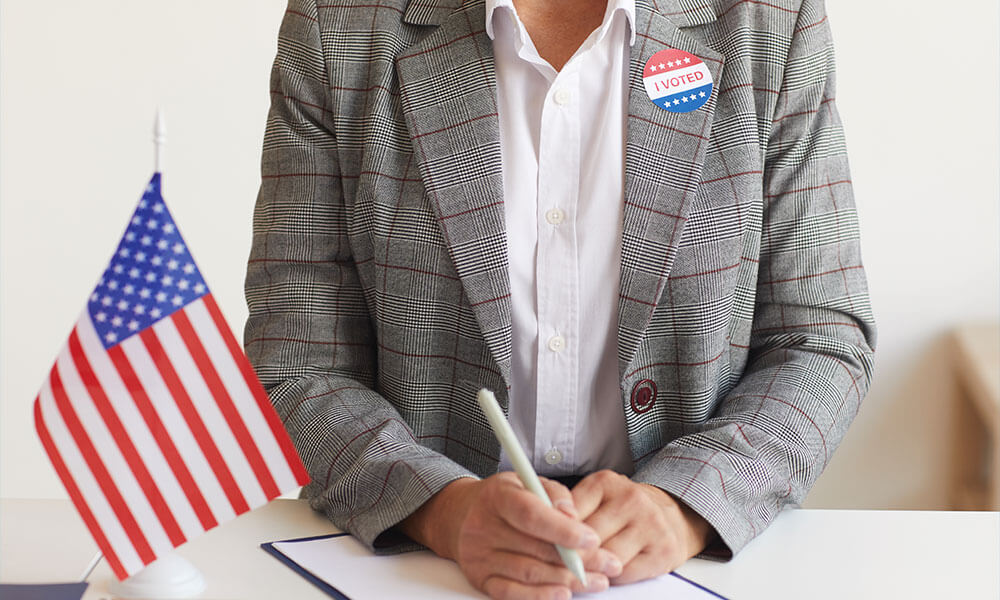
Thelma Garcia Buchholdt became the first Filipino American to earn a seat in the U.S. Congress in 1974; this also made her the first Asian American to win a seat in the Alaskan House of Representatives.
Buchholdt lived in the Philippines until she finished high school at 15 years old. Then, she moved to America to earn a degree in zoology from Mount St. Mary’s University in Los Angeles, California. She then went on to earn a graduate degree from the University of Nevada, where she met her husband, Jon.
Buchholdt and her family moved to Anchorage, Alaska in 1965. There, the mother of four became an active member of the community, co-founding the Boys and Girls Club of Alaska, participating in the Ad Hoc Committee of Young Democrats, and acting as Alaska coordinator for George McGovern’s presidential campaign.
As a legislator who served four terms in Congress, Buchholdt passed laws that:
- Aided education
- Protected the environment
- Supported domestic violence victims
- Provided people with mental health care
- Taxed oil and gas
- Helped establish the Alaskan Permanent Fund Dividend Program
An inductee to the Alaskan Women’s Hall of Fame, Buchholdt would go on to earn a law degree from the District of Columbia School of Law in 1991 and set up her own law firm. In 1994, she became the director of Alaska’s Office of Equal Opportunity.
She also authored a book and produced a documentary on the history of Filipinos in Alaska.
Philip Vera Cruz

Philip Vera Cruz was a contemporary and ally of Larry Itliong. Together, they led the Delano Grape Strike in 1965, for better wages and living conditions for grape farmers. In the process, they united with Mexican farmers and formed the United Farm Workers Union (UFW), with Cesar Chavez, Dolores Huerta, and fellow Filipino Andy Imutan. The UFW eventually won the strike in 1970.
Born in Ilocos Sur in 1904, Vera Cruz moved to America in his early 20s to help his family and earn a university degree. Like Bulosan and Larry Itliong, Vera Cruz was forced to take up seasonal jobs in farms, restaurants, and canneries to make ends meet. He was able to study in Gonzaga University for a year, but eventually dropped out because he could no longer afford the tuition.
Vera Cruz became a labour organiser later in life, joining his first strike in 1948 for better wages for asparagus farmers in Byron, California. In the 1950s he led the Delano Chapter of the National Farm Labour Union, before joining the Agricultural Workers Organising Committee (AWOC). The AWOC would go on to start the Delano Grape Strike in 1965, before uniting with Cesar Chavez’s group to form the UFW.
As a founding member of the UFW, Vera Cruz toured the U.S. to gather support for the Grape Strike. He also recruited new UFW members. He then became the second Vice President of the UFW and led the completion of Agbayani Village, a retirement community for Filipino labourers, after Larry Itliong departed from the organisation.
In the 1980s, he returned to the Philippines to receive the Ninoy Aquino Award from then Philippine President, Corazon Aquino.
Shortly before his passing, he was honoured as an “Asian Pacific [Labour] Pioneer” by the Asian Pacific Labour Alliance (APALA).
Filipino American Medal of Honour Recipients
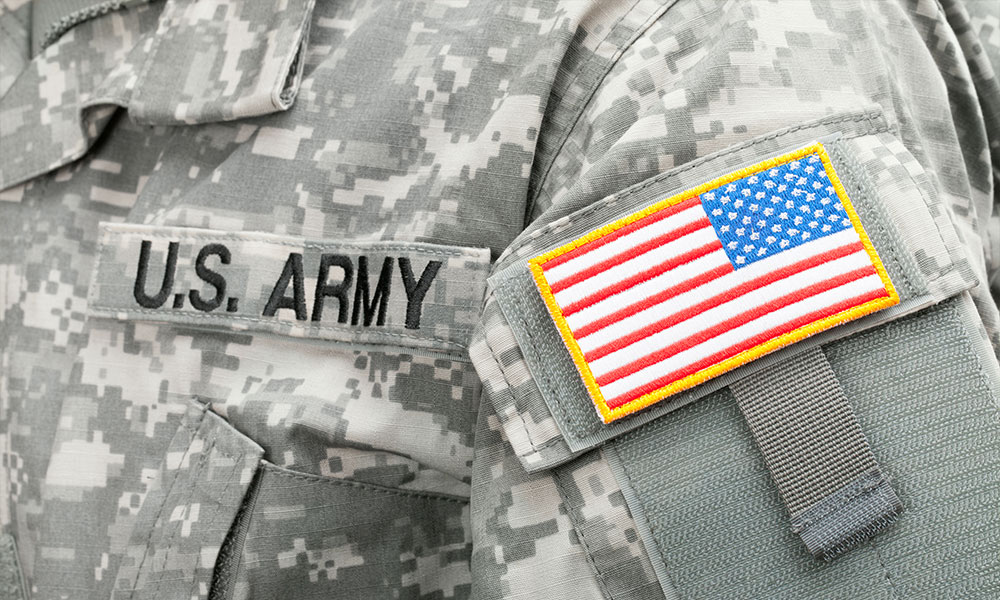
Before Larry Itliong and the Delano Grape Strike, these four Filipino heroes received the U.S. Medal of Honour before and during World War II:
- Jose Nisperos – He became the first Filipino to receive the medal in 1913, after shielding his commander and firing at enemy assailants despite his wounds. During that fateful day in 1911, Nisperos lost his left arm and was speared through the body. Wounded, he still used his own body to protect his commander and fired his rifle with one hand.
- Telesforo Trinidad – Trinidad is the only Filipino in the U.S. Navy to win a Medal of Honour in 1915, after risking his life to save fellow sailors from a boiler explosion on the USS San Diego. In 2022, the Navy announced it would be naming a warship after him.
- Jose Calugas – Calugas was a Philippine Scout working as a mess cook when Japanese soldiers fired at his unit in Bataan in 1942. Twelve hours into the attack, he led a 1,000-yard dash to an available gun and opened fire at enemy forces at the risk of being killed. He received his Medal in 1945 after surviving the Bataan Death March and Japanese labour camps, and after becoming a guerrilla fighter and spy.
- Rudolph Bianco Davila – In 1944, Germans spotted Davila and his men on an Italian hillside and opened fire. Though everyone retreated, Davila chose to crawl to the nearest machine gun and fight back. He then ordered another gunner to take his place, before crawling to another point to signal instructions. His courage eventually led him to take out five enemy soldiers and extinguish two German machine guns. Despite saving 130 men that day, it took 56 years before Davila received his Medal of Honour.
Send money to the Philippines
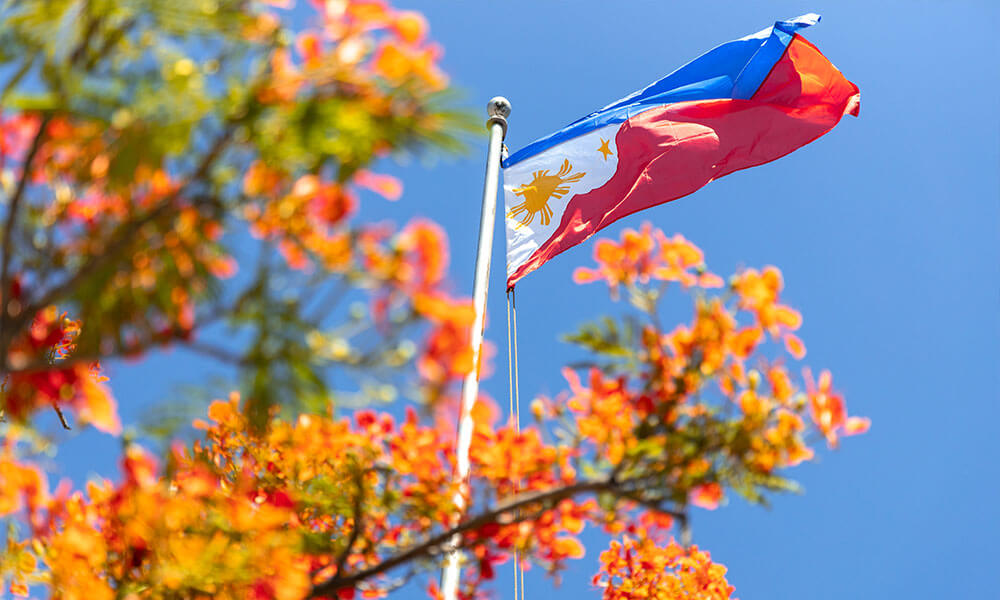
If you’re planning on moving to the U.S. and being one of the next Filipino heroes in America, make sure you use a secure money transfer platform like Kabayan Remit to send your hard earned cash back home.
We currently operate in the UK and Canada and will soon be launching in the United States and Europe.
To learn more about Kabayan Remit and its features, click here. You can also talk to our 24/7 bilingual support team if you need a helping hand with your account.
